Things You'll Need
Wood panel
Acrylic paint
Brushes
Gesso
Sandpaper
Acrylic medium
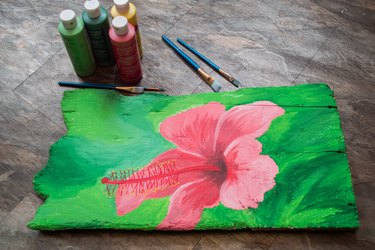
Acrylic paint is formulated with pigments suspended in an acrylic or plastic binding emulsion with a water base. Acrylics dry very quickly and are available in a wide spectrum of colors. They are simple to apply, do not emit toxic fumes and can be cleaned with soap and water. The medium on which they are painted must be sturdy, but otherwise there are no limits to the use of acrylics. As a traditional painting surface, wood can provide an interesting grain pattern, but it is quite porous, so sealing it may be required.
Step 1
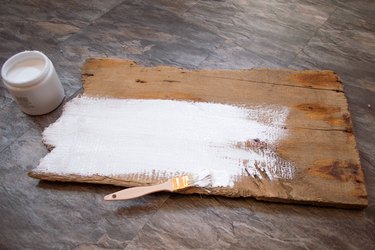
Apply gesso with a broad brush across the entire wood panel, using as many coats as needed and ensuring that it is completely covered with no wood showing below and that the layers are even. Begin by applying the gesso vertically, letting that dry, then horizontally, to ensure an even application.
Video of the Day
Step 2
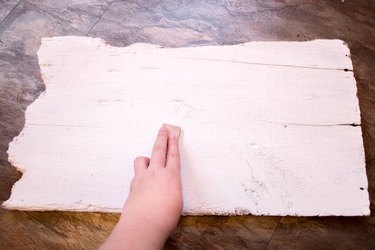
Sand away any excess gesso once it has dried, which will take about 30 minutes per coat. Make sure your surface is completely level to begin painting.
Step 3
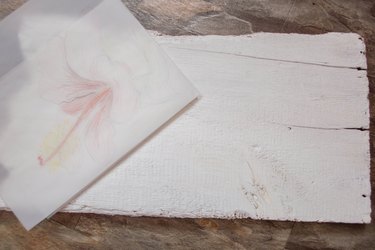
Draw a sketch of the painting on a piece of paper that you wish to recreate on the wood panel, making notes about the colors and details. Acrylic paint is quite forgiving and can easily be painted over, but making a sketch beforehand can save time and resources.
Step 4
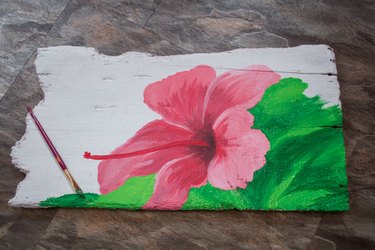
Paint your images directly onto the panel, using the sketch as your guide. Allow the paint to dry and then add details and highlights. Experiment by building up colors in different areas.
Tip
Wood absorbs the moisture in acrylic paint, but a gesso layer is highly recommended on wood to prevent that process. Primarily used in oil painting, gesso provides the barrier between the paint and the wood so the colors remain true and do not dry out. Acrylic medium can also be used instead of gesso. This material has the same formula as acrylic paint, but without the pigment. It is available in three weights: medium, gel or paste, and two finishes, matte or gloss. If you are confident in your imagery, you can sketch directly onto the gesso as underpainting (a technique used by masters like Da Vinci and Michelangelo) or you can begin without a sketch. Mix the acrylic paint with a medium to experiment with different facets of the paints. Make them thicker or thinner, lighter or darker, glossier or matted. The heaviness of the wood will allow you to paint on multiple layers without any warping, a common problem with paper or canvas. Any combination of factors will determine how your finished piece will look. For example, you can use an acrylic medium that will make the finished piece look like a metallic bas relief, by using a medium, matte product with metallic acrylics. Try different sizes of wood panels and paints to become familiar with the surface and the media.
Warning
Use a well-ventilated space for your painting; although acrylics are relatively nontoxic, as opposed to oils, some colors contain mercury, arsenic or cadmium to achieve the required pigmentation.
Video of the Day